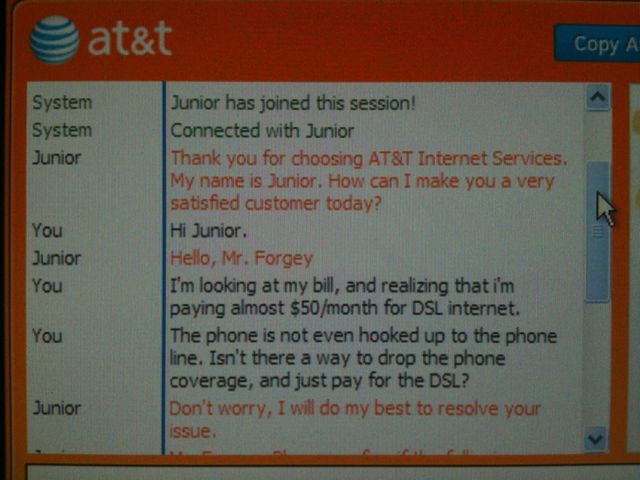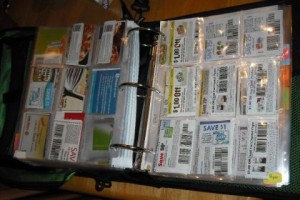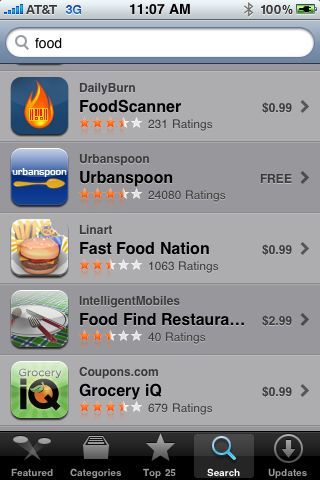How To Prioritize Spending When Your Paycheck is Gone
In most cases, consumers want to pay all of their bills on time each and every month. But not all situations present the opportunity to do that. There are various circumstances that prevent us from fulfilling all of our financial obligations including sudden layoffs, emergency expenses, and just facing the facts that you’ve spent more than you’ve earned.
Whatever your scenario, the reality of not being able to pay bills is affecting more consumers than ever. Making a paycheck stretch far enough to cover debts, current bills, and having enough for the basics like food and clothing leaves consumers feeling frustrated, guilty, and oftentimes hopeless.
Keeping on the Right Path
When consumers feel down and out about the status of their finances, many will give up without a fight. They figure if they can’t pay all the bills than why bother paying anyone. This is the start of a vicious cycle where credit scores drop significantly and as a result consumers find they not only have no resources for financial assistance such as a personal consolidation loan, they also have to pay even more money for their insurance premiums, utilities, and other services.
The reality is even if you are just scraping by successfully, there may come a time in the near-future where your small cushion is taken away and you are not going to be able to even make the ends meet.
Here are some strategies to help you prioritize the income you are earning when things are getting just too tight:
Food Essentials
Even with a tight budget, you need to be able to eat. Even if the bill collectors are calling during dinnertime, there needs to be food on the table. It is important to tuck away cash used for your grocery purchases and make a concerted effort to save where you can. Consider shopping at discount stores and cut out eating at restaurants altogether. Look for online and newspaper coupons to help you stretch your dollar.
Household Basics
It is not healthy to live without basic household items like laundry soap, toothpaste, toilet paper, and other hygiene products but you can live without high-cost, brand named merchandise. Stick to the basics and look for coupons before going to the store. Check out the local dollar stores that often sell the same items as other retailers but at a significant savings.
Mortgage Bill/Rent Payment
Outside of food, you need shelter to live. It is essential that you keep up with your mortgage bills or rent payments each month in order to prevent complications of foreclosures or evictions. If you have no choice but to be late, speak with your lender or landlord to explain your financial hardship so they at least know you have the intentions of paying the bill, even if you are paying it late. It is important to then save as much as you can to ensure you can afford the payment for the next month. Not all lenders or landlords will take kindly continuous late payments.
Basic Utilities
Be sure to pay for the basic utilities you rely on for daily living including electricity, water, and heat. You certainly can function without cable television, telephones, and Internet if you have to neglect some bills. However, not only is living without the basic utilities hazardous to your family’s health, it may also be a cause for eviction in rental locations. If you are going to be late or unable to pay for basic services in full, contact the company directly to alert them of your current situation. They may be willing to work out more affordable payment options for the time being.
Legal Obligations
If you are required to pay legal obligations such as back tax bills or child support, you can get into serious trouble for defaulting on even one payment. It is essential that you work to keep up with these obligations in as timely a manner as possible. If not, you’ll face large penalties and even the possibility of jail time if you fail to stay on track.
Vehicle Notes
Most people need their vehicle to get to and from work to earn their income. This makes it important for you to pay your vehicle note each month and not fall too far behind or your vehicle may be repossessed. If you have access to public transportation, you may wish to put other priorities ahead of the car note until you can afford to pay up.
Insurance
It can be hard to justify the payments of insurance premium during times when you don’t actually need to utilize your insurance coverage. But losing insurance can make it difficult to get insurance when you have the cash. Lapses in vehicle insurance can mean other insurance companies will not work with you. Health insurance lapses can have a lot of consequences if canceled and then a medical emergency occurs, leaving you even further in debt.
Collateral-Held Personal Loans
If you have a loan that is secured with collateral like your home, your vehicle, or some other important piece of personal property, it would be in your best interest to make the note as timely as possible. Too many late or missed payments may result in your collateral being repossessed. Losing your home or transportation at this point in life could be disastrous.
As mentioned, if you are having financial struggles it is best to be honest and upfront with your creditors. Those who are able and willing may work with you on other payment arrangements until you are more financially stable, allowing you to keep the services you need. However, just because creditors and service providers are willing to help you through a rough patch, does not mean they will always be forgiving.
The biggest lesson one can learn after going through this type of predicament is that budgeting and money management should be made a priority to keep history from repeating itself in the future. After surviving a rough financial patch, it is best to continue improving your money management skills and focus on improving savings goals so money is always accessible when life dishes out the unexpected.
———-
This post was written by Eliza Collins, a guest writer specializing in personal finance topics like savings, debt relief as well as credit score improvement. You can read more of her articles at the debt settlement blog.













Most Recent Comments